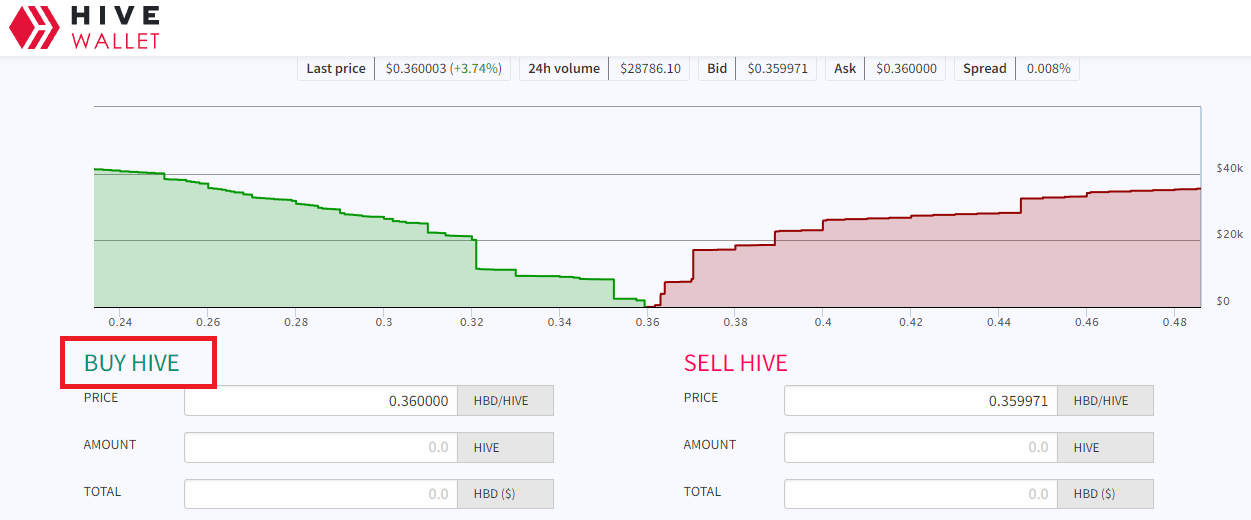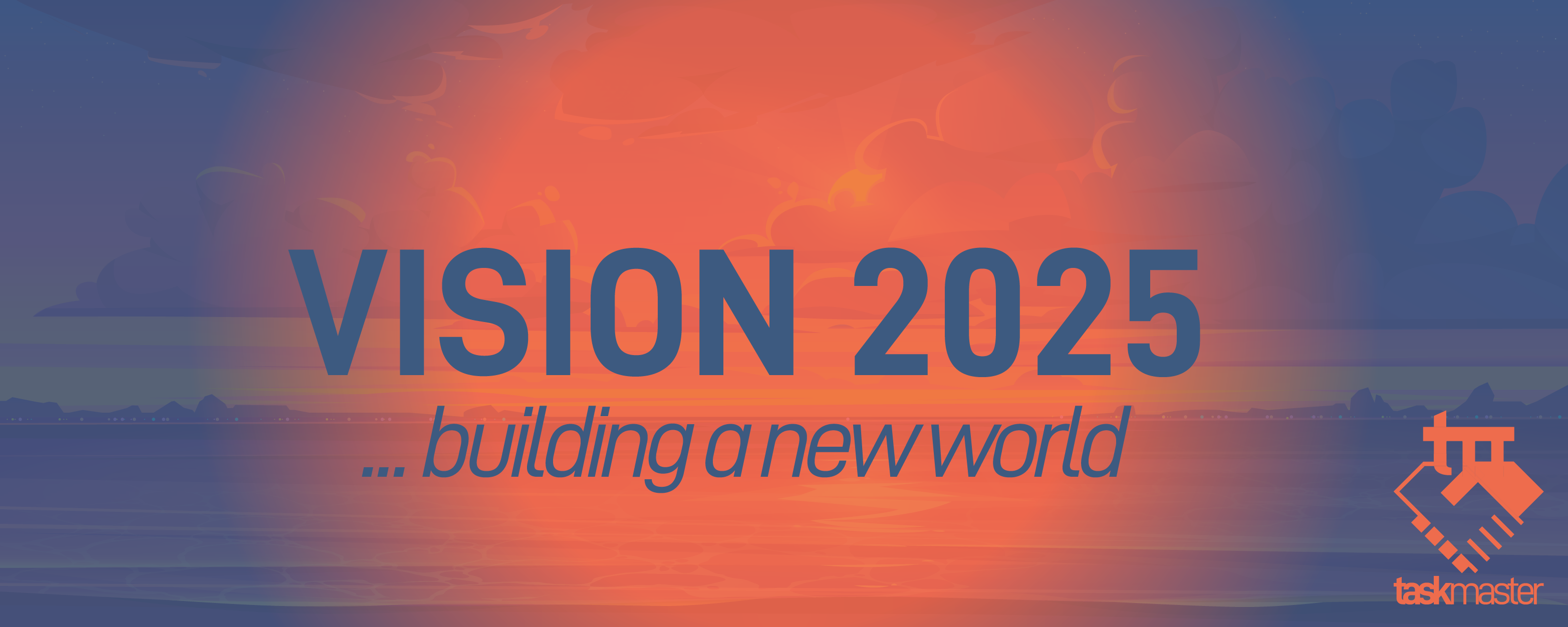In this article we are going to look at the relationship between the Hive Backed Dollar (HBD) and $HIVE along with how most seem to get it all wrong. This is going to counter much of what people know although they discuss it regularly. Even on Hive, we have the situation where people selectively apply what they want when it comes to money.
And as always, things get botched up because of the complexity of money.
One of the inspirations for this article was a post by a witness. In it, this individual described a decision to reduce the APR on HBD savings from 20% to 18%. The post is littered with inconsistency.
So, let us dive in and explore what is taking place.
Following Governments
We will start with this line:
Governments all around the world are already discussing slowing down the hike on interest rates, some have stop raising interest rates, and some (such as Brazil) started discussing lowering the interest rates.
Here we already head off the rails. Why would anyone on Hive do anything in following governments? Show me one that has not excelled in fiscal mismanagement to the nth degree. At the same time, monetary policy has proven to be just as much of a train wreck. Yet this individual is taking a cue from governments.
Then there is the part about governments discussing lowering interest rates. This is a sign of a bad economy which most are projecting. Once again, the idea that lower interest rates are a sign of good times is misguided.
With lower interest rates, stocks, and more risky investments, will become attractive again, and HIVE needs to stay attractive to back those HBD.
This is true although the logic is flawed. $HIVE, along with all cryptocurrency, is a risky investment. It is part of the risk-on trade. We know cryptocurrency is not a safe haven when the sentiment away from risk takes hold.
Hence, right off the bat, in my view, we are using misguided notions when it comes to HBD.
Inflation: More HBD Helps $HIVE
For some reason, people feel that more HBD takes away from $HIVE. How can this be? Do people not understand inflation and its impact.
What is inflation?
Simply it is an expansion of the money supply. So when HBD goes from 10 million to 20 million, the money supply inflated. $HIVE presently has an inflation rate of around 7%.
Of course, people misuse the term to mean higher prices. It is true, massive expansion of the money supply can drive them up. However, price increases can come from different areas and do not necessarily apply to money. For example, supply and demand often factors into this, especially if there are shocks to the supply chain.
So what happens if the supply of HBD is increased? Aren't we told that, if enough of it is created, it will lead to higher prices?
Which brings up this point:
But a high interest rate on HBD, that could possibly put a sell pressure on HIVE.
How is this even considered? More HBD does not lead to sell pressure on $HIVE. Instead, it actually leads to buy pressure.
What can you purchase with HBD? Outside a few locations around the world, not much. The one thing we can buy with HBD is $HIVE.
In fact, this is shown clearly on the Internal Exchange.

How do we conclude that more currency which can buy a digital asset, which $HIVE is, results in lower prices? Here we see ass-backwards thinking.
If more money printing leads to asset pricing going up, and $HIVE is really the only asset people can buy with HBD, then it stands to reason that $HIVE will go up in price in that situation.
But what if people buy $HIVE on the Internal Exchange and then sell it on Binance? Outside a bit of potential arbitrage, what is the difference? You have a purchase on one exchange and a sale on the other. The net is basically zero (although we will see a bit of trade volume increase on both). It is akin to wash trading.
The Threat To Hive
Is there a threat to Hive from HBD?
To answer this question we have to look at the gold standard. Many believe in this, including some who are running witness nodes. So let us see how this all works.
Under the most recent gold standard, the US dollar was backed by gold, pegged at $35 an ounce. Many feel we need to return to this because it is a better system and does not have the flaws of fiat currency.
What is happening here is a blind eye is being turned to what really took place. With the gold standard, each dollar could be redeemed for gold on demand. This is the idea of an asset backed security, it can be swapped at anytime.
Unfortunately, there were ones who sought to take advantage of this. In August 1971, Charles de Gaulle sent a warship to New York Harbor to get the gold from the Federal Reserve Bank of NY.
This was not the only country that did this. The net result is the United States was watching all of its gold leave Fort Knox.
Isn't it ironic this fact is overlooked when screaming for a return to the gold standard. Yet, this is the main concern when it comes to HBD.
Since each HBD is backed by $1 worth of $HIVE, many feel there is a similar threat. There are a couple major differences.
To start, because of the haircut rule, exposure is capped. HBD is actually a collateralized loan backed by $HIVE with a 30% loan-to-value ratio. Once that is exceeded, steps are taken based upon the code to alleviate the situation and bring it below the target.
Another factor is $HIVE has a free floating exchange rate. Unlike gold which was artificially pegged to $35, $HIVE can go up and down in USD terms. This is the constant unit between HBD and that coin. As the price, in USD increases, the amount of $HIVE converted for each HBD diminishes.
Of course, if more of Hive's currency, i.e. HBD, is being printed AND going towards the purchase of $HIVE, then market demand means the price will increase.
The conversion mechanism is no different than the gold standard. What ultimately should happen is the value on HBD is such that people either utilize it (have a need to hold it) or exchange it for $HIVE. The only reason to use the conversion feature is for large transactions where the liquidity is just not available.
HBD And The Economy
Unfortunately, the entire discussion of money supply and inflation is senseless without incorporating the economy into it. Nothing operates in a vacuum, with many variables affecting economic matters. The complexity of any system if this nature is greater than most admit.
HBD is a tool for the expansion of the Hive economy. In short, it takes money to grow things. This is what commerce, investment, and funding is all about. When the money supply grows, if there is the ability to convert it to economic productivity, then we see increases in things such as GDP.
At present, the Hive economy is almost non-existent. We are dealing with small levels of activity relatively speaking. As stated, with HBD, the single biggest use case appears to be buying $HIVE. Naturally, we have to factor in that there is very little HBD, hence we see minimal impact on the market price.
For a currency, the ultimate value does not come from the reserve backing. It all boils down to the economic output it is tied to. When you add in depth, liquidity, and sophistication to something that is widely distributed, then you have value on the currency itself.
We know there is little tied to HBD. This is why the linked post makes little sense. If the only real use case is to buy $HIVE, how is that going to make that asset unattractive? The opposite is what will happen.
Once again, we tend to simplify monetary matters and end up confusing the entire situation by not acknowledging the complexity and factors that affect how things unfold.
If you found this article informative, please give an upvote and rehive.

gif by @doze

logo by @st8z
Posted Using LeoFinance Beta
.png)
